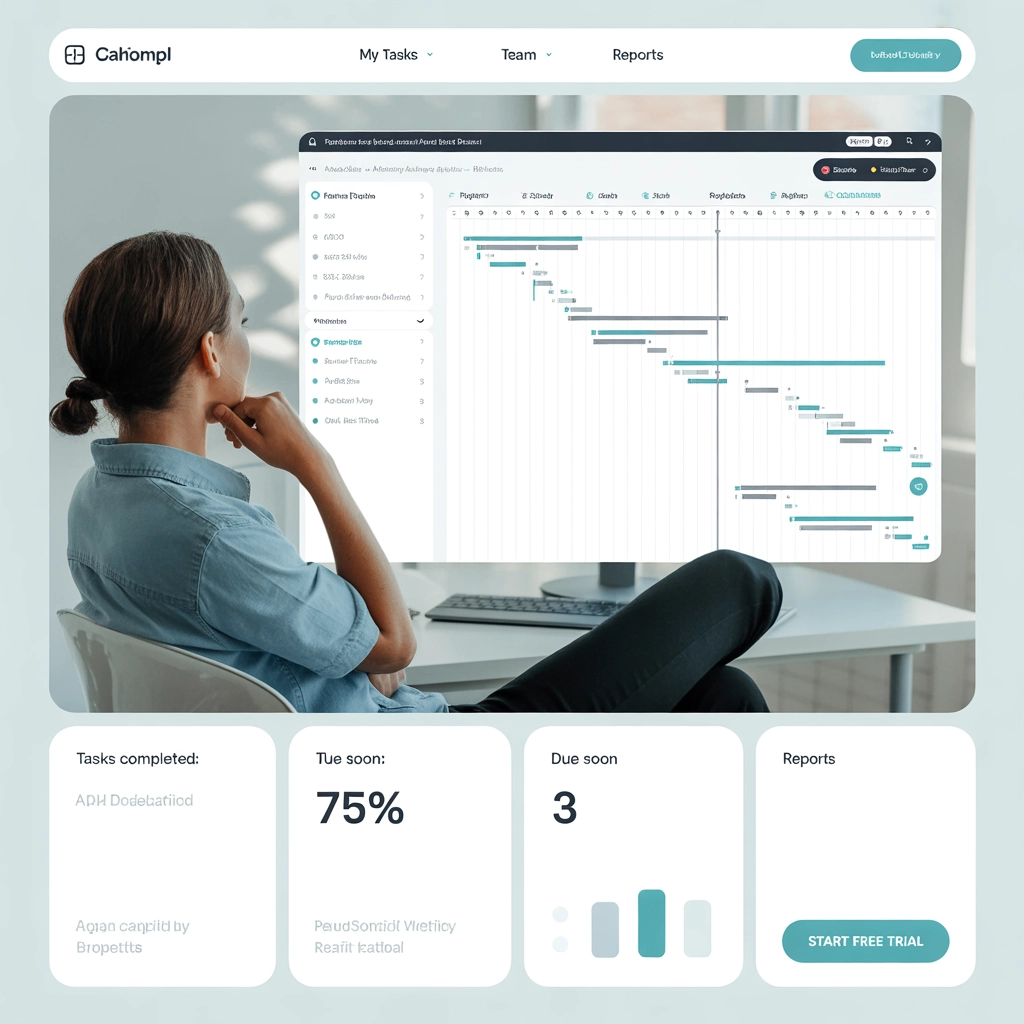page speed
Page speed is the time it takes for web content to fully load, impacting SEO, user experience, and conversion rates. Learn its types and how to optimize it.
Page speed
- Why is page speed important?
- Types of page speed
- Examples of page speed
- Page load time
- Time to first byte
- First contentful paint
- Handy tips about page speed
- Optimize images
- Enable compression
- Reduce redirects
- Conclusion
- Frequently Asked Questions
- What is a good page speed?
- How can I test my page speed?
- Does page speed affect SEO?


In today’s digital age, a keen understanding of ‘page speed’ can make or break a website’s success. Defining the term, analyzing its usability, highlighting its benefits, and providing a guide for beginners can significantly contribute to any online platform’s optimal performance. Welcome to an in-depth look into the significance and application of ‘page speed’.
What is page speed?
Page speed, simply put, is the time it takes for web content to load fully. It is a crucial aspect of user experience and is perceived differently depending on whether it is the ‘page load time’ (the time to display all the contents of a specific page) or ’time to first byte’ (how long it takes for a browser to receive the first byte of information from the web server).
Page speed hinges on a broad spectrum of factors, including the complexity of a website’s design, its server strength, and the number of graphics or multimedia elements it incorporates. Additionally, the speed of a user’s internet connection and their geographic proximity to the server can profoundly affect page speed. As more people are accessing the online world through mobile devices, the concept of ‘mobile page speed’ also warrants critical consideration.
Understanding and optimizing page speed has become increasingly vital in the digital landscape. With numerous options at their disposal, users are less likely to stick with a website that struggles to load promptly. Reduced page loading times can lead to improved user satisfaction, lower bounce rates, and ultimately, better conversion rates.
Why is page speed important?
Page speed is paramount for a few key reasons. Firstly, a swift page load improves users’ browsing experience. If a website fails to load within a few seconds, users will typically navigate away in search of a faster alternative, leading to an increase in bounce rates.
Secondly, page speed is a crucial factor in SEO ranking. Search engines, such as Google, prioritize websites with faster loading times in their ranking algorithms. As such, optimizing page speed can significantly enhance a website’s visibility, attracting more organic traffic , and fostering stronger brand awareness and credibility.
Furthermore, page speed directly impacts conversion rates. If a site loads quickly, it’s more likely to engage users, encouraging them to stay longer, interact more, and eventually convert. A delay of just a second can result in considerable reductions in conversions, highlighting the importance of page speed from a financial point of view as well.
Types of page speed
‘Page Load Time’ and ‘Time to First Byte’ rule the realm of page speed. The former refers to the complete loading time of a web page, which includes all its elements like images, text, and scripts. The latter marks the time taken to start displaying the first piece of content from a webpage.
A related concept is ‘First Contentful Paint (FCP)’, which tracks the time from navigation to the time when the browser renders the first bit of content from the DOM. Another important type is the ‘First Meaningful Paint’, which measures the time it takes for the primary content of a page to be visible and useful to the user.
‘Speed Index’ measures how quickly content is visually displayed during page load. ‘Time to Interactive’ is a metric that measures how long it takes a page to become interactive, while ‘First CPU Idle’ marks the first moment when a page is minimally interactive. Understanding these various page speed types can help in accurately evaluating and optimizing a website’s performance.
Examples of page speed
Page load time
For example, a news website may have a page that displays various categories of news articles. The ‘page load time’ would be the time taken for all such articles, along with accompanying images and other elements, to fully load and display.
Time to first byte
Consider an eCommerce platform. The ‘time to first byte’ here would be the time taken for the server to start displaying the first product image or piece of text when a user navigates to a product category page.
First contentful paint
In the case of a blog page, ‘first contentful paint’ refers to the time it takes for the browser to render the first bit of text or image from the blog, making it visible to the user.
Handy tips about page speed
The optimization of page speed may seem daunting initially, but with a few basic strategies, it can be significantly improved. Here are a few handy tips to get started:
Optimize images
Images often take up the bulk of a webpage’s size. Using optimized, compressed images without undermining their quality can significantly speed up load times.
Enable compression
Reducing the size of CSS, HTML, and JavaScript files that are larger than 150 bytes through compression tools like Gzip can enhance page speed.
Reduce redirects
Each time a page redirects to another page, the visitor faces extra waiting time. Therefore, minimizing redirects can mean faster loading times.
Conclusion
A clear comprehension of ‘page speed’, its various types, and the techniques to improve it can lead websites to provide better user experiences, achieve higher search rankings, boost conversion rates, and ultimately foster stronger online success.
While page speed optimization may seem like a technical task, implementing simple practices like image optimization, enabling compression, and reducing redirects can significantly enhance load times. However, remember that as each website is unique, the strategies that work best may vary, making it necessary to customize these practices according to each site’s specific needs and goals.
By investing time and resources in understanding and improving page speed, businesses, and website owners can reap substantial returns. After all, in the split-second world of the internet, every moment counts.
Frequently asked questions
- What is a good page speed?
According to Google, the best practice for page load time is under three seconds. However, this largely depends on the website type and content.
- How can I test my page speed?
You can check your page speed using online tools like Google’s PageSpeed Insights, GTmetrix, or Pingdom.
- Does page speed affect SEO?
Yes, page speed is a crucial ranking factor for search engines like Google. Faster websites typically rank higher and provide better user experiences.
Boost Your Page Speed with URLsLab
Enhance your website’s performance and SEO with powerful tools from URLsLab. Optimize page speed for better user experience and higher rankings.


